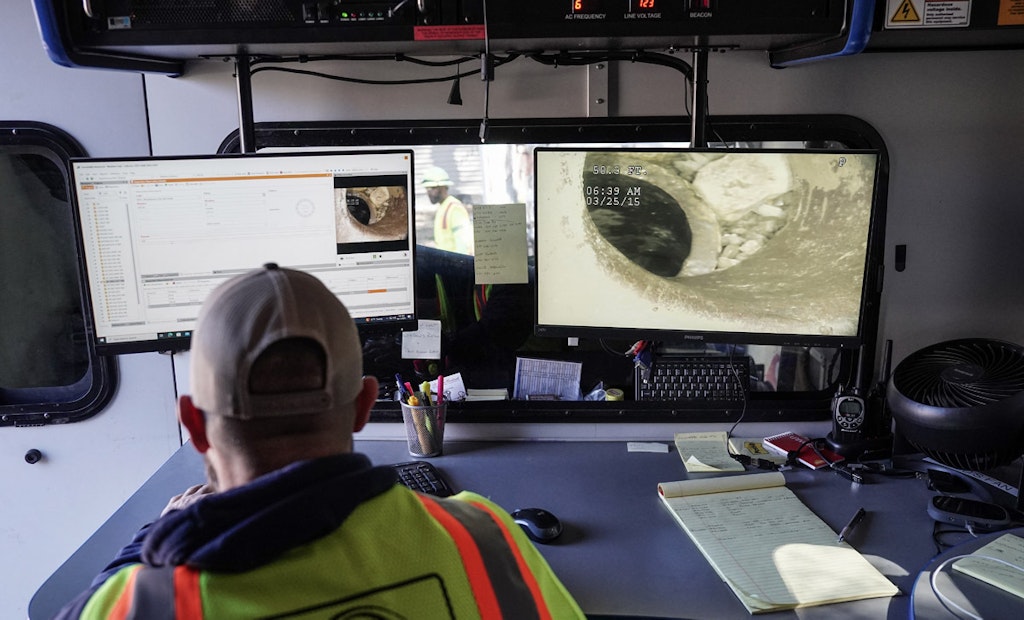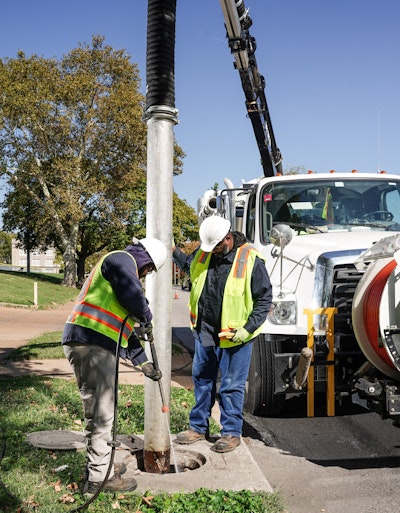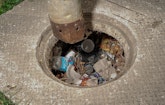
St. Louis MSD crew member Mike Weissenback monitors progress inside the CUES CCTV truck during the inspection of an obstructed line.
The St. Louis Metropolitan Sewer District is in the midst of a massive $7.2 billion, multifaceted infrastructure improvement program aimed at eradicating the sanitary sewer overflows that have plagued the city and surrounding St. Louis County for decades.
Called MSD Project Clear,...









